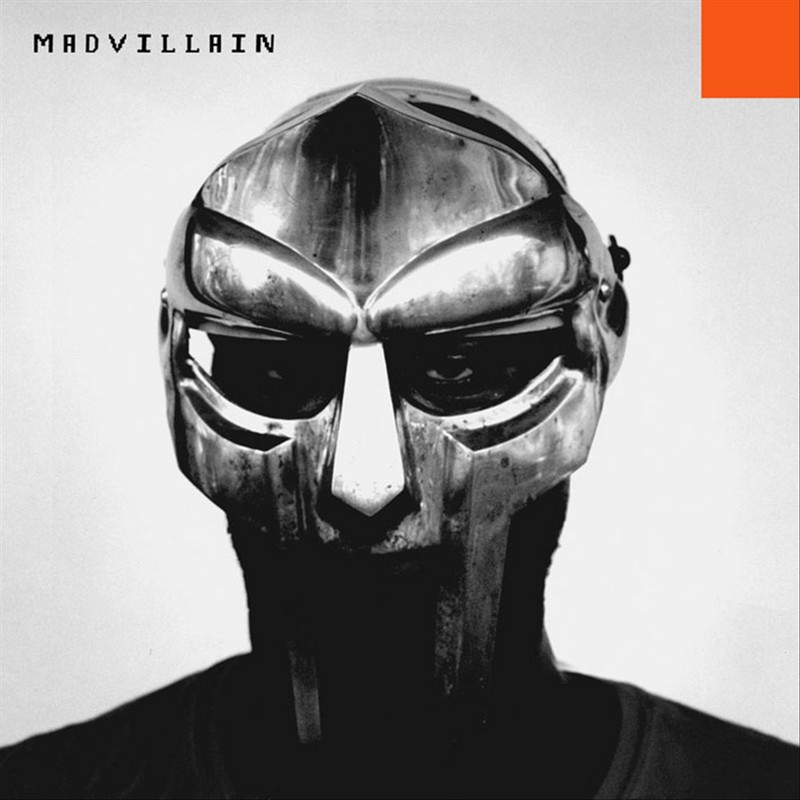7. MadvillainMadvillainy

Hip-hop has always been such a big thing for me, particularly hip-hop production. So many of my favourite producers growing up, and the reason why I wanted to make produced music, came from people like RZA, Premier, Pete Rock, Q-Tip, Timbaland and early Neptunes, early Kanye even – and Madlib and J Dilla are both right up there. I picked these two albums [J Dilla’s Donuts is also on the list] that came out on the same label and from the same scene rather than say, Illmatic, because at that point in my life there was a sense of like, no matter how much I liked Public Enemy or A Tribe Called Quest records, I was coming to them late. But I can remember Madvillainy leaking way in advance and thinking it was so exciting being there for it happening. I think it will be remembered as a classic record. I’ve got to know Madlib since then, which is amazing because he’s an absolute hero. I’m coming to hip-hop more from a production point of view rather than listening to the MCing or the lyrics – that’s because I produce music. But this is a record where the Doom part and the Madlib are so perfectly matched. It’s like the greatest hits of beat producing – every track is completely insane. The way he cuts up the samples is so, so heavy! I think it’s pretty much perfect. It’s so eccentric. There aren’t that many genres of music where eccentricity is embraced in the same way. This is a really, really weird record, but it’s totally canonised as being a classic record. That’s wonderful. Maybe in the same way Theo Parrish’s music is – people embrace that weirdness, but there are other genres of music where they don’t.


